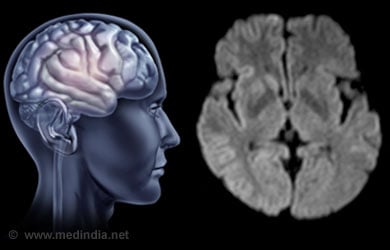About

Classic CJD was first recognized as early as 1920. The risk of CJD escalates with age; in people above the age of 50 years, the annual rate is 3.4 cases per million.
Symptoms usually begin around the age of 60 years and they include memory problems, vision problems, behavior changes and poor muscle coordination. These quickly progress to dementia, coma and eventually death within a year.
CJD is brought about by prion, a protein that brings about abnormal folding of other proteins, thus causing them to function abnormally.
There are three forms of CJD and they include the following -
- Sporadic or classical CJD – occurs due to unknown reasons. It is not in any way related to the “mad cow disease”.
- Hereditary CJD - occurs when an abnormal prion is inherited from a parent.
- Acquired or Variant CJD – appears to be related to mad cow disease and occurs due to contact with infected tissue, especially during a corneal transplant or a blood transfusion. It can also be acquired from contaminated electrodes used during a brain surgery.
Symptoms and Signs
Some of the signs and symptoms of CJD are listed below:
- Blurred vision
- Disorientation
- Changes in gait
- Memory loss/ dementia
- Sleepiness
- Decline or lack of coordination
- Muscle stiffness /twitching
- Hallucinations
- Jerks /Seizures /Nervousness
- Personality changes
- Speech impairment
- Nervous, jumpy feelings
The dementia seen in CJD patients is different from that seen in
Diagnosis
Early on during the disease, mental problems and related dysfunctions can be observed. As the disease progresses, a motor system exam may reveal abnormal reflexes, increased muscle tone, strong startle response, muscle twitches or spasms, loss of co- ordination and muscle wasting. Symptoms due to changes in the cerebellum, an area of the brain which controls co-ordination, can be noted. An eye examination is likely to reveal areas of blindness that the patient is unlikely to notice.
Some of the tests that a doctor might recommend include CT scan, electroencephalogram (EEG), MRI, spinal tap or aspiration to detect the presence of the protein. The final diagnosis is done with a brain biopsy or after death, with an autopsy.
Treatment and Prognosis
Creutzfeldt-Jakob Disease has no cure although interleukins and other medications may help to slow the progress of the disease. Medications to control aggressive or agitated behavior may be required. Providing a safe environment is an absolute necessity for these patients. Almost all of them require assistance, in the form of visiting nurses, volunteer services, adult protective services be it in their homes or in a care facility. They may even require help getting oriented to their immediate surroundings. Counseling may help family members to cope with the trauma.
The prognosis of CJD is usually a poor one. Half a year after the symptoms show up, patients become disoriented and unable to take care of themselves. Death comes soon due to infection, respiratory failure or heart failure, after approximately eight months of symptom onset. However a few people have survived for a year or more.








